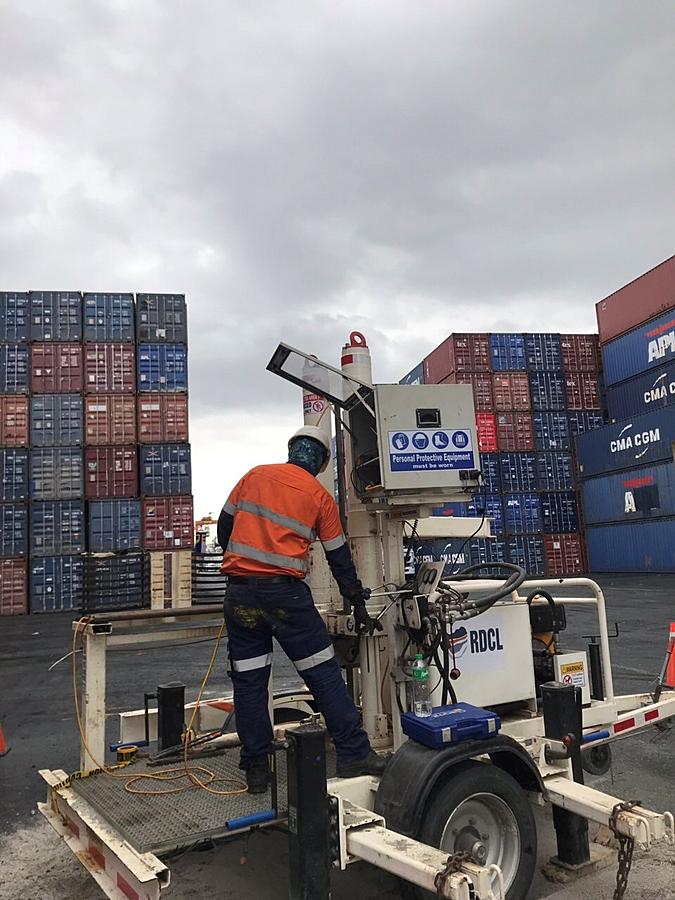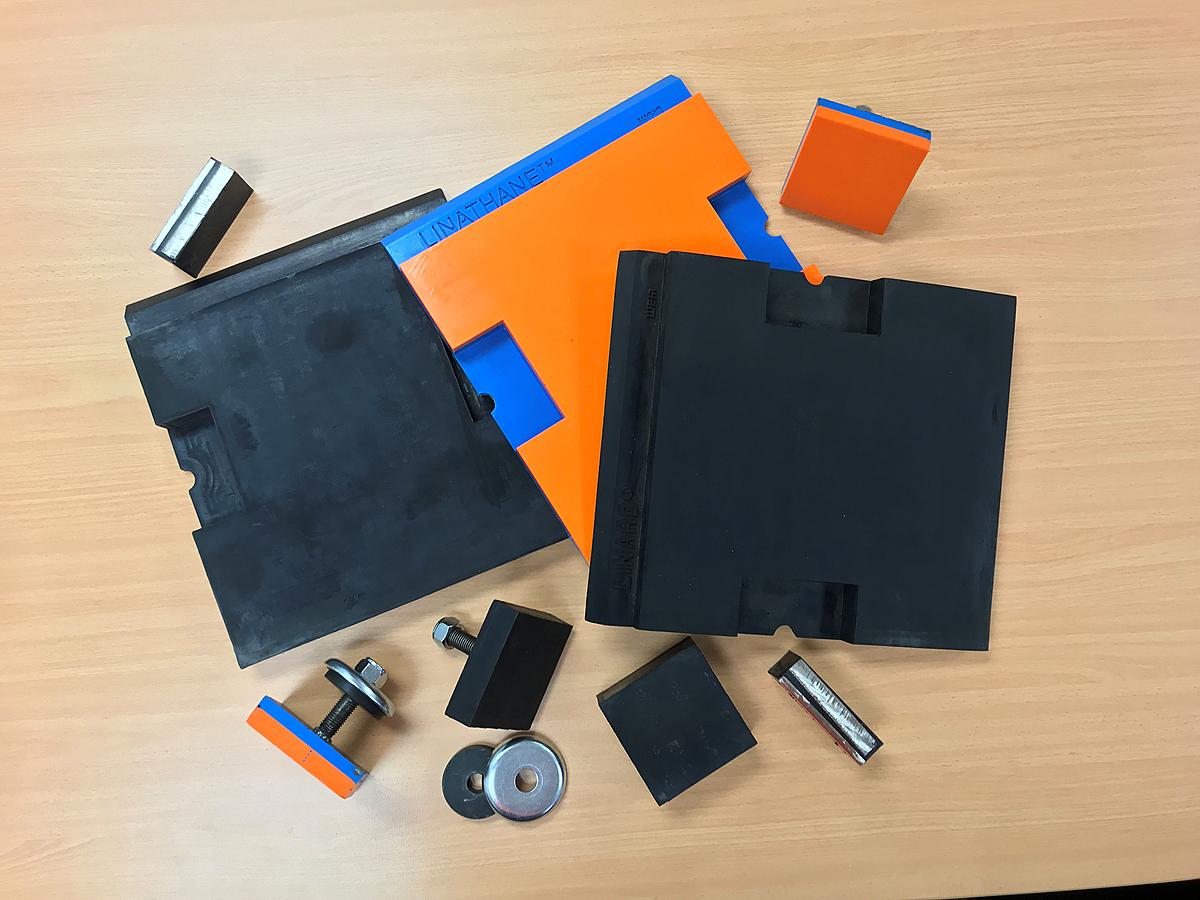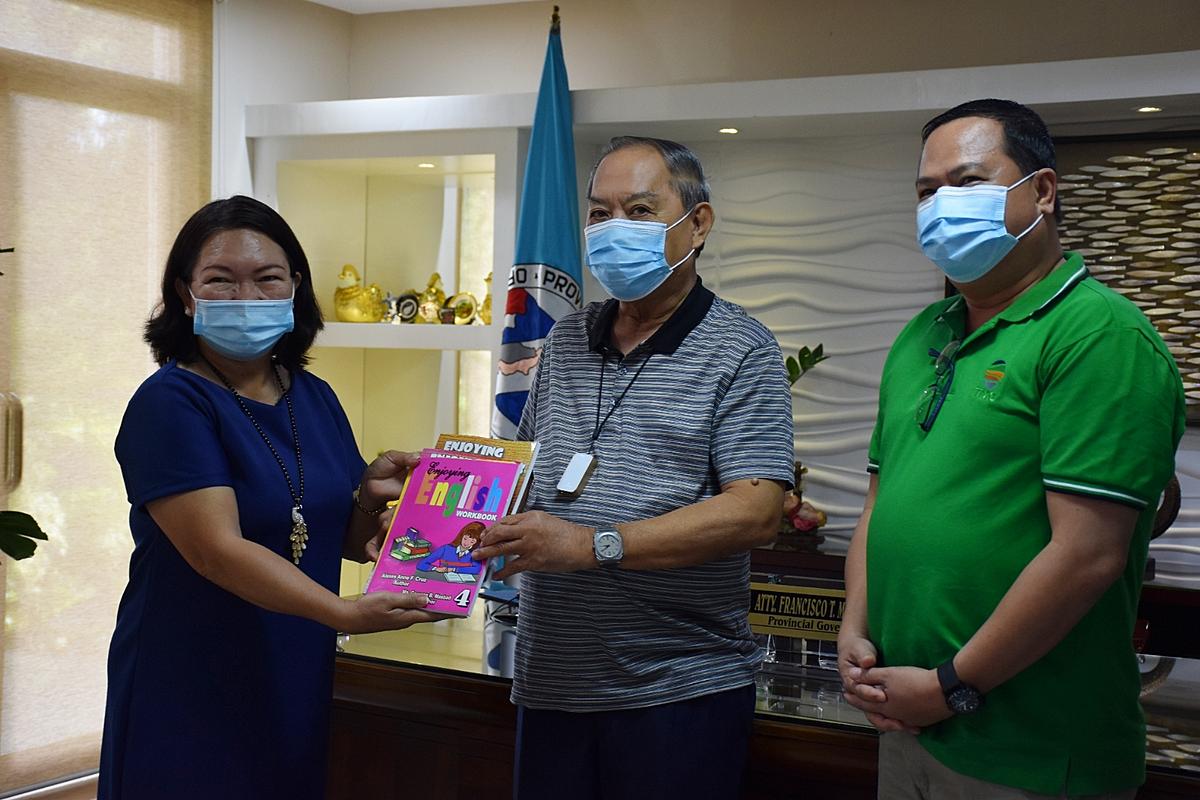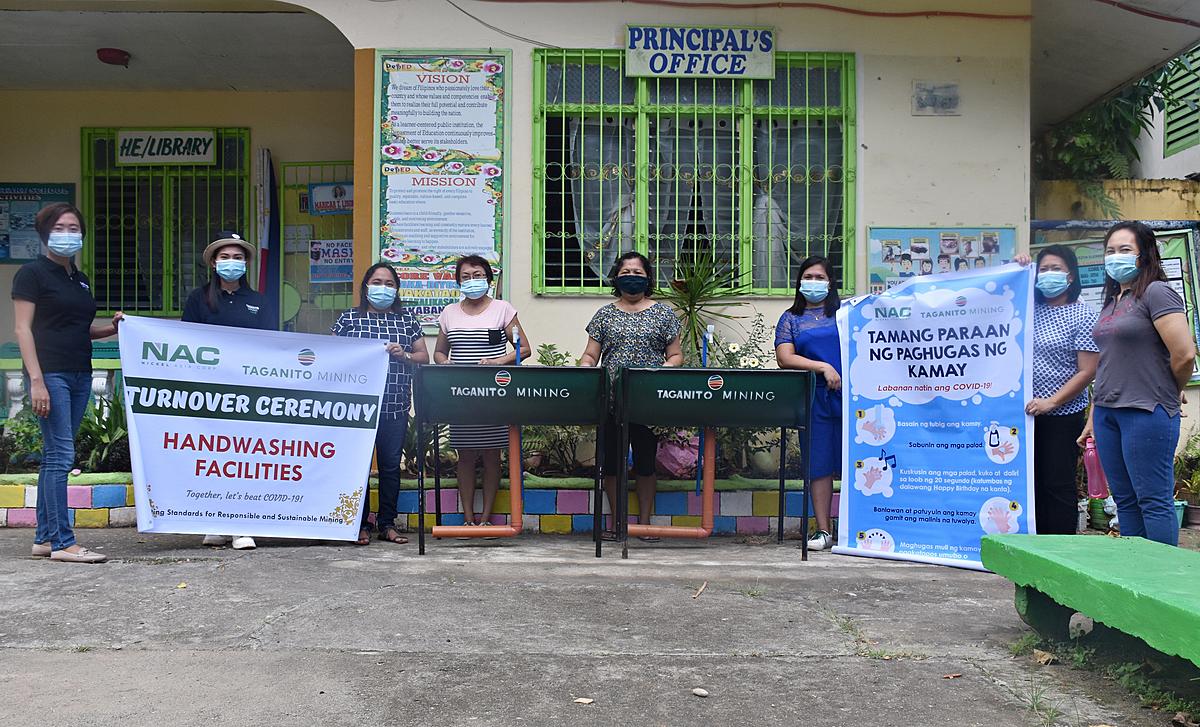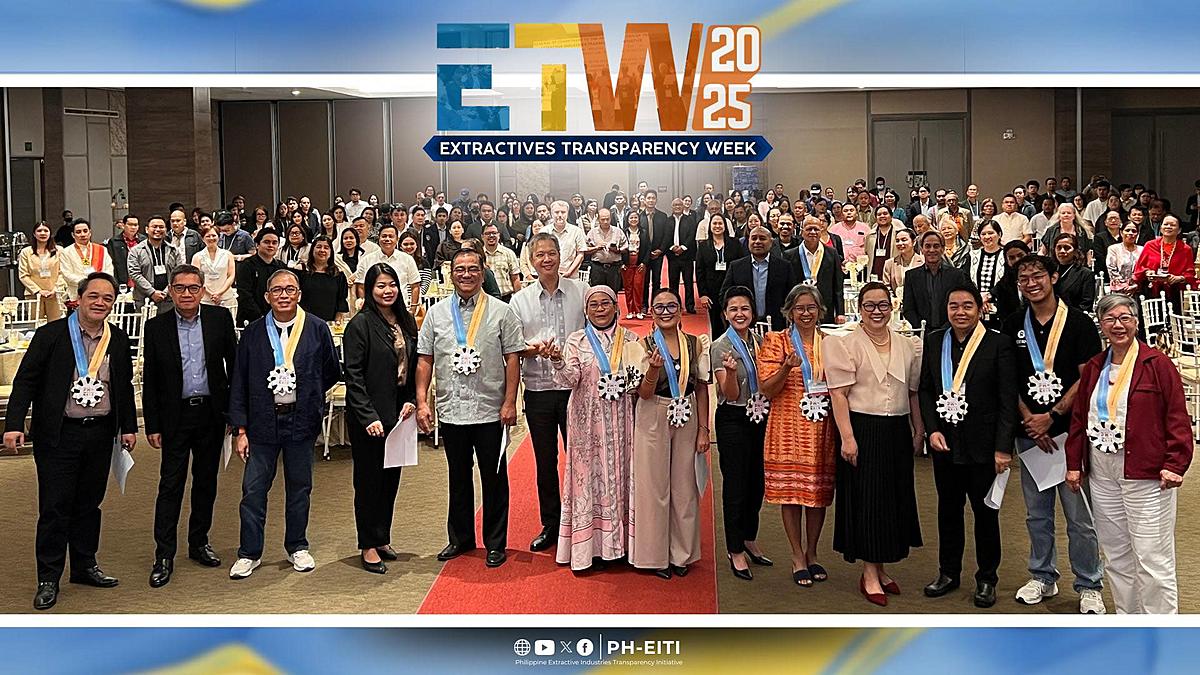Why and what is CPT
Developed around 75years ago the Netherlands the Cone Penetration Test (CPT) has matured into a reliable and repeatable testing method governed by International Standard and usesd by geotechnical engineers all over the world.
The outputs of a CPT are digital and correlate to engineering parameters of the soils tested at a sample interval that cannot be matched by drilling. Geotechnical engineers get a better understanding of bearing capacity, shear strength, liquefaction and many other soil parameters crucial for design and construction.
RDCL runs modern CPT systems from the Netherlands and operate across the Philippines. Whether RDCL are pushing 60 metres into a tailings dam, or 10m into nearshore marine sediments in Manila Bay, the data is reliable and trusted every time.
A CPT test involves deploying a rig onto a site, usually on tracks or a trailer. A vertical force up to 20T pushes a special load cell into the ground at 2 cm per second. This produces results much faster than conventional soil boring. The load cell, or “Cone” measures tip resistance, sleeve resistance and often pore water pressure producing data describing soil behaviours.
The key with CPT testing, if done correctly, is reliable trusted data that is internationally recognised and controlled to ASTM or ISO standards, giving confidence to the end client.
CPT is real time. There are no delays from long wait in soil lab testing, no risk transporting soil samples across a country or internationally. If you need data, fast its one of the best tool for the job.
Don’t Gamble with the Ground
Whether your construction project requires foundation design in soft grounds ground improvements, ground reclamations, tunnelling or dams one key aspect is up front geotechnical testing is critical to understand the conditions for cost effective design.
Many projects in Philippines suffer from delays at the design stage or worse the construction phase. De-risking large infrastructure projects is critical for the investment in the future of infrastructure success in the Philippines.
Geotechnical engineers must better understand ground conditions. CPT testing in many cases can resolve unknowns and provide valuable data very quickly to re-disk projects.
There is a strong correlation between a ‘lowest cost’ approach to ground investigations resulting in project delays, inflated contract price and expensive project cost overruns.
Under-investment in site investigations, leading to unreliable data and inadequate coverage most often lead to cost overruns and delays at the design, tender and construction stages by failing to adequately identify ground issues (Clayton, 2011).
Conducting a CPT Test
Mobilising a CPT rig is fast. In less than 1hour testing can commence from arrival on site. CPT rigs are typically on a trailer, a tracked rig or a mass-weight Truck.
The system hydraulically pushes the cone into the ground at 2 cm per second. This timing is a critical part of the quality control of CPT testing. International Standards ensure CPT tests are conducted in a repeatable manner understood by engineers world wide.the same
A test from surface to 20m therefore takes minutes not hours. In one day many CPT can be completed on site. Data can be sent directly from site computers to a client’s office reducing the requirements for on site supervision.
Make RDCL Your First Phone Call
RDCL has the people and equipment on the ground in the Philippines to execute high quality ground investigations. Our teams and tools are suited to your projects and together we combine our expertise with your design teams to execute any project.
We welcome all inquiries and work best when we engage closely with you to understand your job. That’s what Malasakit means. We invite you to join with us as we take our professional journey towards bigger goals.

